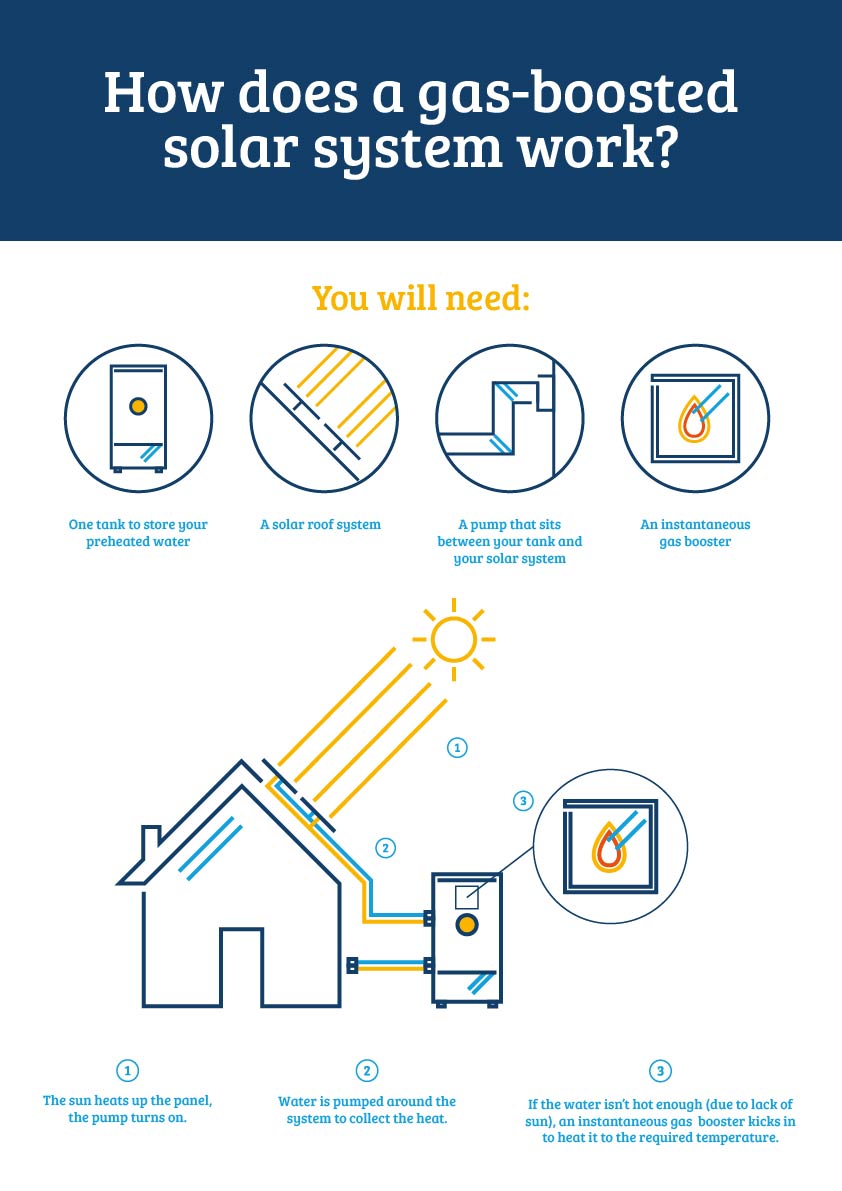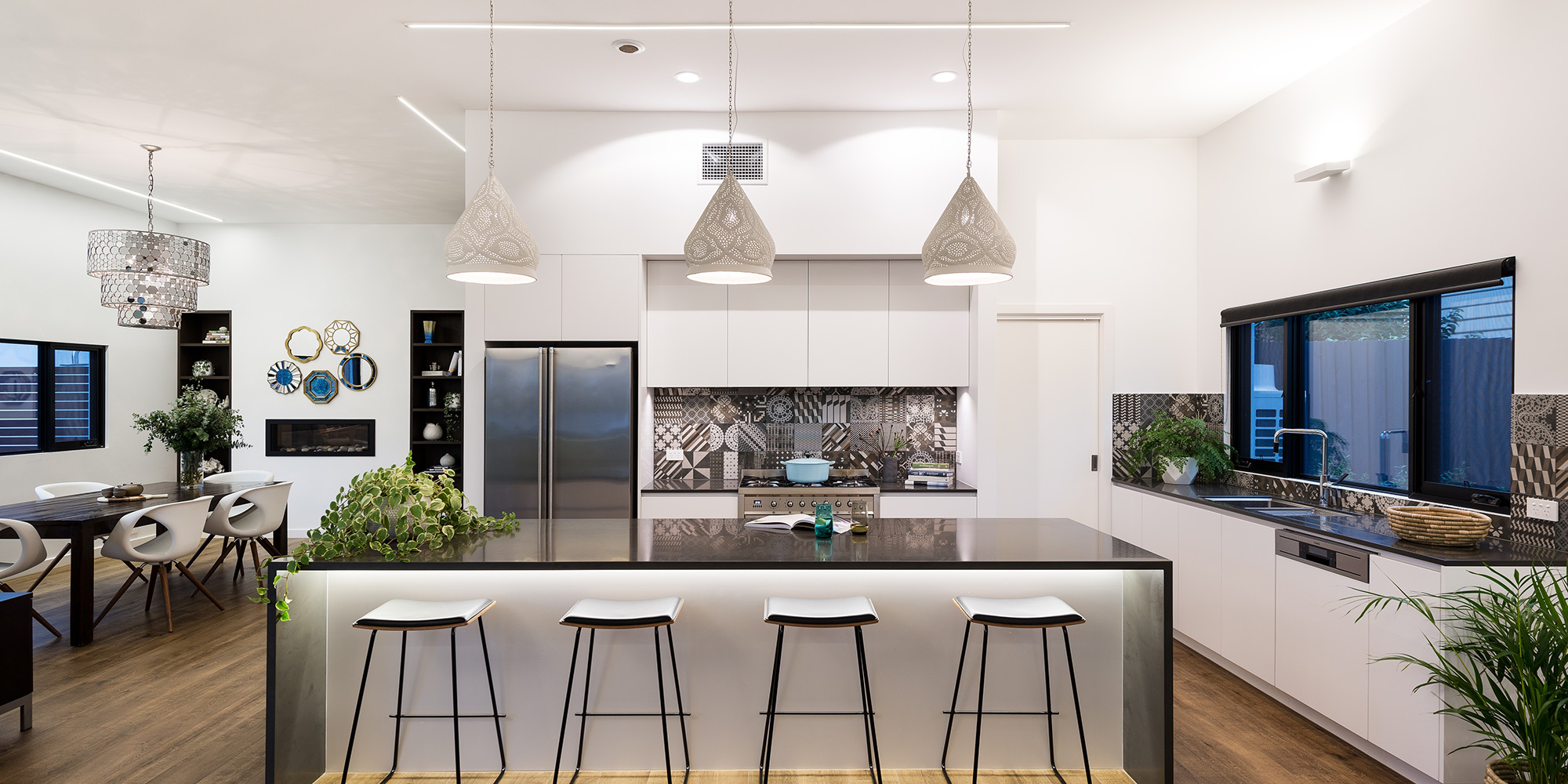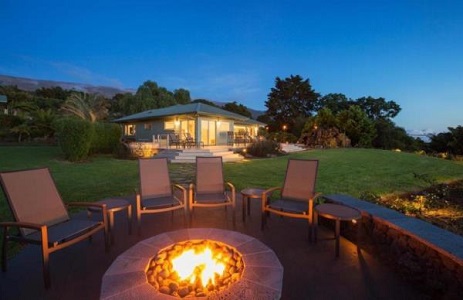The use of solar energy has soared in Australia. And we’ve got the perfect climate for it, with the sun making an appearance during most of the year.
According to the Energy Minister Josh Frydenberg, nearly 15 per cent of Australian households have solar panels on their roofs. In addition, the Clean Energy Council tells us that more than 15, 000 Australian businesses have installed solar power systems.
As businesses and homeowners continue to use panels to offset their electricity purchases, opportunities to marry clever solar power with the economical use of natural gas grow in number by the day.
Often, when people think of solar power they automatically focus on solar panels, says Principal Engineer at Simons Green Energy, Jake Thodey.
“But solar’s a very general term,” he says. “There’s solar photovoltaic, which is basically solar electricity, rooftop solar panels. And that’s obviously a fantastic industry. The price of panels has dropped dramatically over the last 10 years, by a factor of 10. Solar electricity is now really on par with electricity you would buy from the grid.”
But when we talk about combining the use of gas and solar, he says, thermal energy plays a pivotal role.
“Those standard hot water systems that you might have seen on people’s roofs – most of the time those are electric-boosted solar. Which means that you get what you can from the sun, and anything you don’t get from the sun, an electric element heats up and heats the water up to something that’s a useable temperature.”
According to Jake, this is an effective way to utilise the sun, but using electricity to create heat is often not very efficient.
“A better way to do it would be to use a gas-boosted solar system,” he says. “For homes and businesses, that would be by far the most efficient way of getting the most of the sun, and getting the most out of the energy source.”

Small businesses require hot water too but will often have different usage patterns compared to a home. They may also already have a standard instantaneous gas system installed, says Jake.
“We have solar thermal panels that can be added to any gas hot water system,” he says. “That would stand as a good solar preheat for any hot water system or heating system that could be used in conjunction with an existing gas system.”
Another intersection where gas and solar successfully meet is in the heating of pools, whether in a home or business. This is where water is pumped through a solar collector –usually a solar panel mounted on a roof – and then once warmed, is pumped back into the pool.
“Solar heating for pools works incredibly well,” says Jake. “It generally extends the swimming season by three or four or sometimes six months over the year, so that you’re able to swim in the pool using basically no cost, free solar off the roof, to heat that pool up.
“But continuing to swim over the winter period, you obviously need some form of extra heating. That’s where a gas system can be a reliable and cost-effective means of heating that pool over the winter period.”
The key to really maximising your combination of solar with gas is to firstly make the most of your roof space in order to generate the greatest amount of solar, says Jake. Secondly, invest in a new, high efficiency condensing instantaneous gas boiler. There have been recent advances in these, he explains, which means that we are now able to get the last few skerricks of heat out of the gas.
“A standard old boiler generally had an efficiency of about 80 per cent, whereas the new condensing boilers can have an efficiency of up to about 95 per cent – so squeezing an extra 15 per cent out of the gas that you’re burning.
“If you were to combine that with a solar system, then you could halve or more the amount of gas that you use to generate the hot water.”
Gas can be a great addition to any energy solution. Read about getting the right mix in your home.





